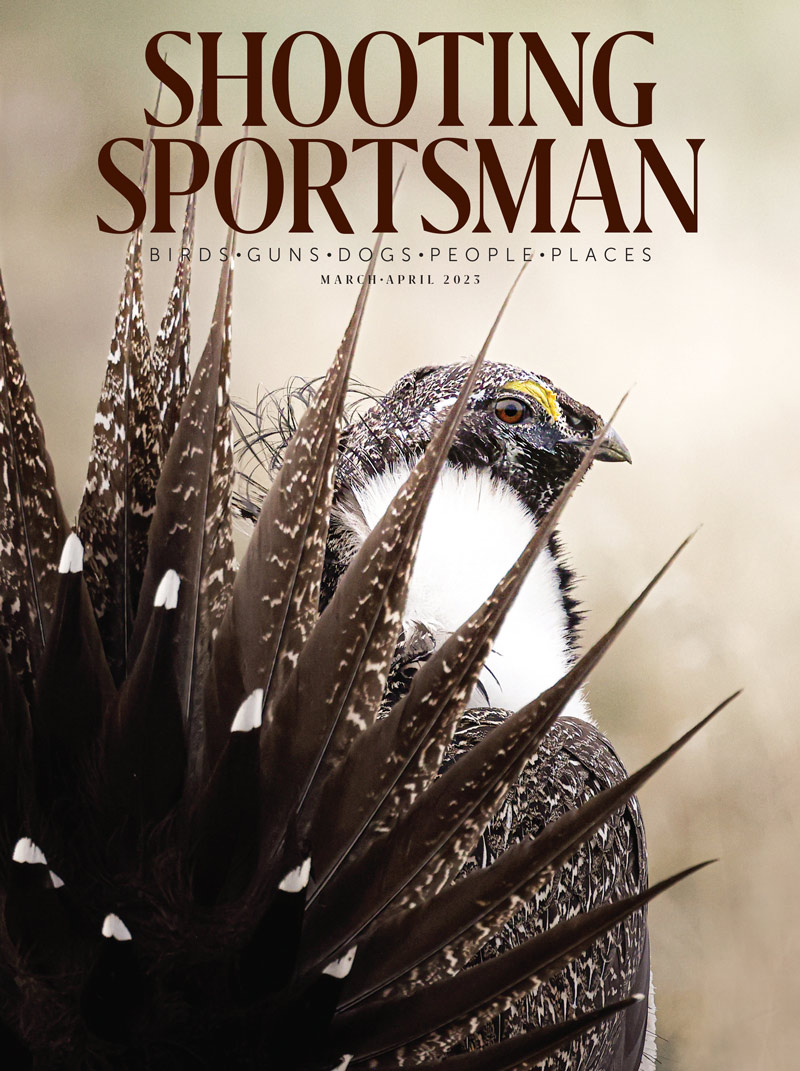We hear their raspy cries, like rusted iron gates forced open, long before we see them. Inside our home in southern Michigan, the doors are closed on a frozen morning in early March; still we hear their clarion call demanding the rural neighborhood wake up from winter’s sleep. The sandhill cranes, those harbingers of spring, have come home, just as they have for time immemorial.
Before there was grass, before the polar ice packs formed, Earth’s most ancient birds were here. Flying by low overhead, their long bodies resemble feathered spearheads. It’s no stretch to imagine sandhills as leathery pterodactyls on the hunt. And now, thanks to increasing numbers, you can legally hunt them in 17 states.
Why would you want to? To eat, of course! Halved and grilled, the breasts are a delicacy similar to beefsteak when prepared properly. The dark meat looks like boneless rib eye, or so I’m told. I have yet to clean and eat a sandhill crane—the few that friends and I shot on the Alaska Peninsula having been donated to a local native. He invited us to try his special recipe for crane-head soup, but our floatplane left before the soup was ready. Forty years later I’m still wondering how it tasted.
By thinning the “sedge” (the proper name for a group of cranes), you can do a favor to a farmer beleaguered by crop destruction. Although the Michigan DNR hands out plenty of free depredation permits to farmers, the state still has no legal hunting season. That makes no sense, because an estimated 90,000 cranes (three times the minimum for the state’s Natural Resources Commission to recommend a hunting season) eat a lot of seed and grain, as do sandhills elsewhere in the Mississippi and Eastern flyways. The Central Flyway hosts a population approaching 1 million, which is why Plains States support controlled hunting.
Like Canada geese, cranes can live 20 or more years—a notable fact because, according to the International Crane Foundation, 11 of the world’s 15 species are threatened. The common sandhill is not on the list.
I’ll never forget a spring morning in northern Russia where I had gone to hunt capercaillie and black grouse. I was walking along a beaver pond when blaring trumpets shook the quiet woods with a clamor as startling as church bells in an empty cathedral. Suddenly, a magnificent pair of Eurasian cranes rowed by so close I could hear the whoosh of wings and see the blush of crimson on their heads.
Something that always seems new is actually old, which is why the sound of cranes stirs thoughts of long-ago times.





